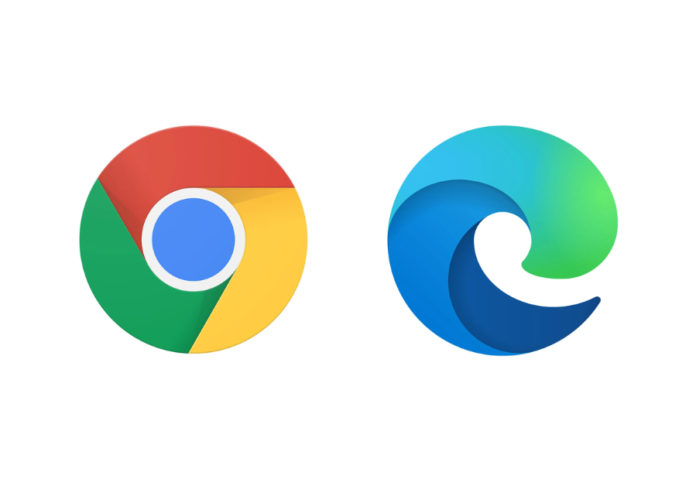Researchers have cautioned that hackers are using browser extensions as a means of infecting devices with malware. These assaults, which have affected users of Microsoft Edge and Google Chrome, have the potential to steal personal data and expose the hacked systems to additional attacks.
These malware-filled browser extensions have been around since 2021 and have reportedly affected at least 300,000 users of Microsoft Edge and Google Chrome, according to a report by cybersecurity firm ReasonLabs.
Why are these infected browser extensions ‘dangerous’?
These extensions are little pieces of software that improve users’ online browsing experiences. They frequently pose as trustworthy applications to fool users into installing them. Once installed, they have the ability to steal private information such as browser history, financial information, and passwords.
The fact that the malware remains on the computer and will still activate each time the system is turned on, even if users remove the extensions, adds to the threat of these.
How do you know if your PC is infected with malware?
Even if you are using Google or Bing as your search engine, you will constantly be forwarded to the hacker’s search page if you are infected. In addition, you may determine whether you have malware on you by looking through the files in the system folder.
How are hackers attacking computers?
Similar to previous malware campaigns, this one similarly deceives gullible people into downloading and installing dangerous software by using a combination of malware and advertising, or malvertising. For instance, if you search for any utility, like “convert word files into pdf,” you can come across an advertisement for a browser extension that claims to allow users to convert an unlimited number of files.
Because these ads construct copycat websites imitating well-known software, they will appear authentic. Users download malware that installs malicious extensions while believing they are installing software or extensions that are legitimate.
How to remove browser extensions with malware?
Users can also find a list of methods to remove malicious extensions on ReasonLabs. Users must get rid of the malicious files last, followed by deleting registry keys and scheduled tasks. This is a step-by-step tutorial on how to delete the malicious files and extensions.
Do Follow: CIO News LinkedIn Account | CIO News Facebook | CIO News Youtube | CIO News Twitter
About us:
CIO News is the premier platform dedicated to delivering the latest news, updates, and insights from the CIO industry. As a trusted source in the technology and IT sector, we provide a comprehensive resource for executives and professionals seeking to stay informed and ahead of the curve. With a focus on cutting-edge developments and trends, CIO News serves as your go-to destination for staying abreast of the rapidly evolving landscape of technology and IT. Founded in June 2020, CIO News has rapidly evolved with ambitious growth plans to expand globally, targeting markets in the Middle East & Africa, ASEAN, USA, and the UK.
CIO News is a proprietary of Mercadeo Multiventures Pvt Ltd.






